The Indian Ocean is beyond vast, deep, and beautiful. While the world recognizes one global ocean, elementary schools teach four ocean names. The Atlantic, Pacific, and Arctic are the other three oceans heavily mentioned in science and history books. No matter what ocean you’re exploring or investigating for the day, odds are, you’re bound to uncover some wildly intriguing truths. The Indian Ocean is no exception. It stands out for a multitude of reasons, including its size, sea creatures, and tectonic plates. It flows along Southern Asia, Eastern Africa, and Western Australia. Keep reading to learn more about this breathtaking body of water.
There Are Only Two Oceans Larger Than the Indian Ocean
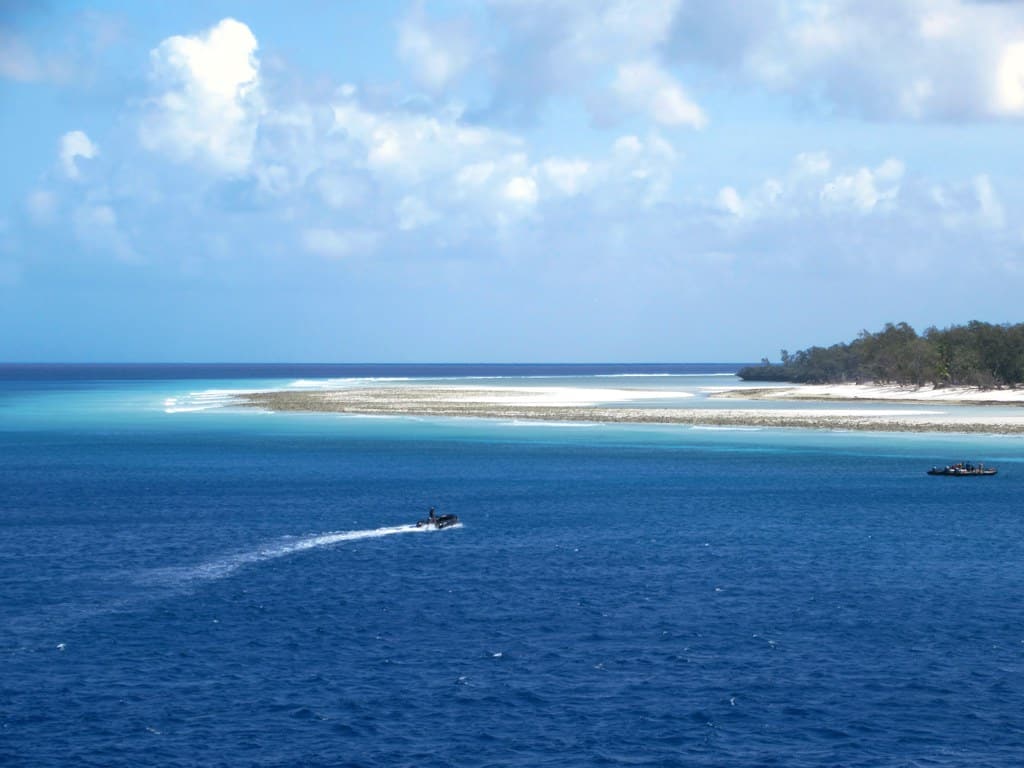
The Indian Ocean is the third largest ocean on this planet.
The Indian Ocean is incredibly large and only two other oceans on this planet are bigger. The biggest ocean of all is the Pacific Ocean, while the Atlantic Ocean is second in line. That leaves the Indian Ocean in third place – but that doesn’t mean it isn’t impressively massive. The Pacific Ocean measures 165,250,000 square kilometers, while the Atlantic Ocean measures 106,460,000 square kilometers. In its third-place position, the Indian Ocean has a measurement of 70,560,000 square kilometers, a massive amount of water to explore.
Sea Life in the Indian Ocean
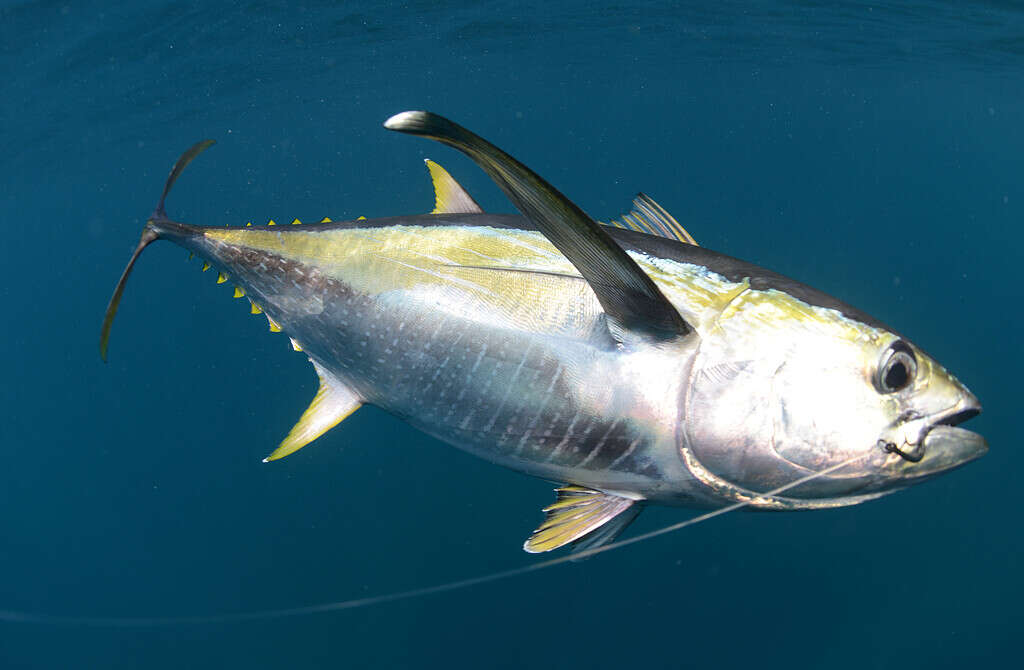
Tuna fish live around the Indian Ocean.
©FtLaudGirl/ via Getty Images
Although some assume there’s an abundance of sea creatures in the Indian Ocean, the life there is actually quite limited. Since the temperature of the Indian Ocean is warmer than other oceans, it’s a bit of a challenge for certain sea creatures to thrive in its waters. Some of the more common sea creatures you’ll locate in the Indian Ocean are tuna and shrimp. Endangered species such as whales, seals, and turtles also reside there. Unfortunately, humans who engage in illegal fishing, drug smuggling, and ship piracy threaten the lives of these sea creatures on a daily basis.
The Indian Ocean Has an Abundance of Tectonic Plate Boundaries

Tsunamis are due to the collision of tectonic plates. The Indian Ocean has many of these.
©dushi82/Shutterstock.com
The Indian Ocean has an abundance of tectonic plate boundaries in different areas. It’s intriguing to know exactly where they’re located. The Rodrigues Triple Point is where the African, Indo-Australian, and Antarctic continental plates merge. These tectonic plate boundaries exist thanks to the destruction of the supercontinent Gondwanaland, which broke apart 80 million years ago. The Indian Ocean took on its present shape around 36 million years ago. Now, it has a seismically active mountain range with loads of physical ridges.
The Indian Ocean Got Its Name from the Indian Peninsula
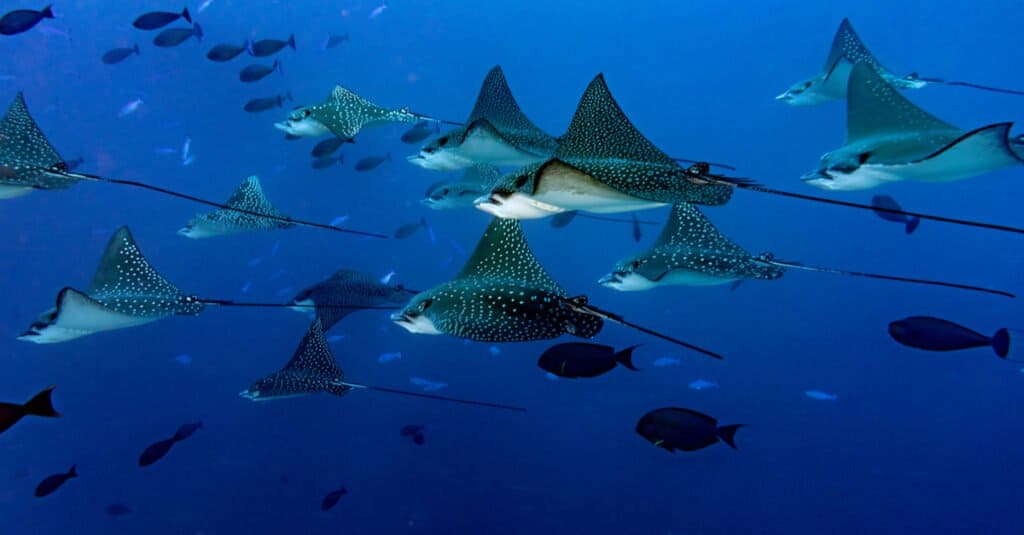
The Indian Ocean’s name has caused contention in history.
©Andrea Izzotti/Shutterstock.com
Have you ever been curious to know how the world’s oceans received their names? The Indian Ocean got its name from the Indian coast, which was a reference point for explorers trying to make their way around the open seas in the early 1500s. Prior to its official name, the Indian Ocean was recognized as the Eastern Ocean. Since the Indian Ocean is named after a country, the name itself has caused political disagreements in history. After all, it’s the only ocean to be named after an actual country! According to The Economic Times, some folks believe the name is unfairly linked to the country of India. Still, the Indian Ocean has maintained its name for centuries.
There Are Noteworthy Waterways in the Indian Ocean

There are plenty of waterways in the Indian Ocean.
©wildestanimal/Shutterstock.com
The Indian Ocean is full of noteworthy waterways. One of the more well-known waterways in the Indian Ocean is the Strait of Malacca between Malaysia and Indonesia. Another one is the Suez Canal in Egypt. Interestingly enough, the latter was man-made. It serves as a watery connection between the Mediterranean Sea and the Red Sea. In 2015, an extension of the artificial waterway was inaugurated. Two other waterways worth mentioning in the Indian Ocean are the Bab el Mandeb and the Strait of Hormuz.
The Indian Ocean Has Major Seaports
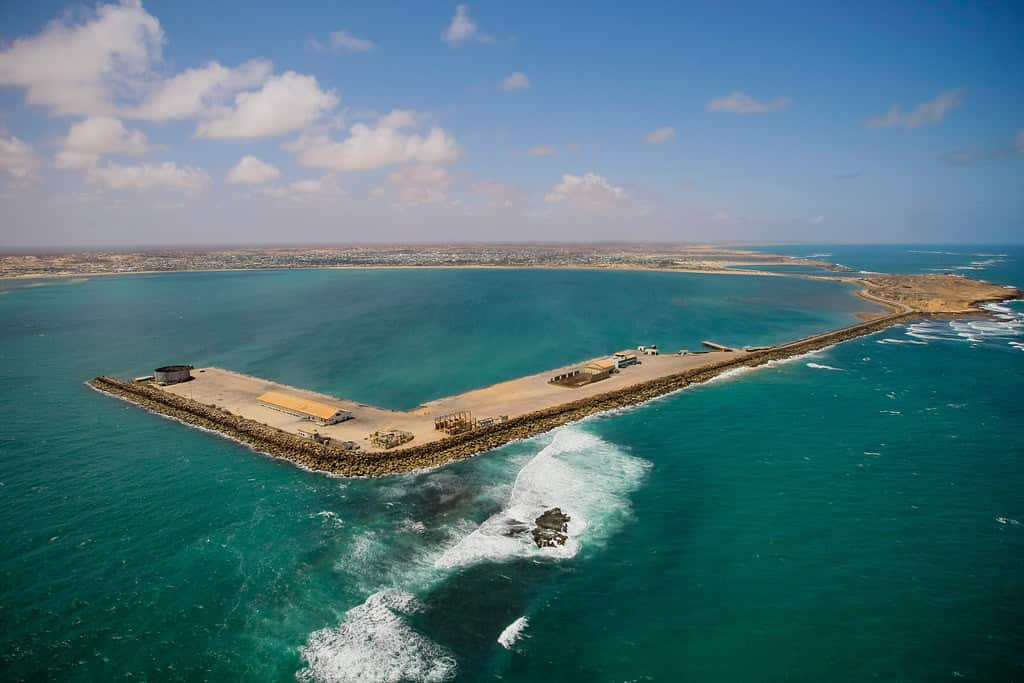
The Indian Ocean has seaports for cargo delivery.
It’s possible to locate seaports all around the ocean. They are docking locations for ships to stabilize on the edges of oceans, rivers, and lakes. When a ship docks at a port, boaters have the opportunity to load and unload cargo. Passengers catching rides on these ships also have the chance to safely board and get off. Without seaport locations on different coasts, it would be nearly impossible to transport goods. The Indian Ocean offers several major seaports that contribute to the suitable transportation of both cargo and passengers. The busiest container port across the entire Indian Ocean is in Singapore. There are also seaports in Aden, Jakarta, Mombasa, and Durban, Mumbai, and Chennai.
The Sunda Trench is the Deepest Point of the Indian Ocean
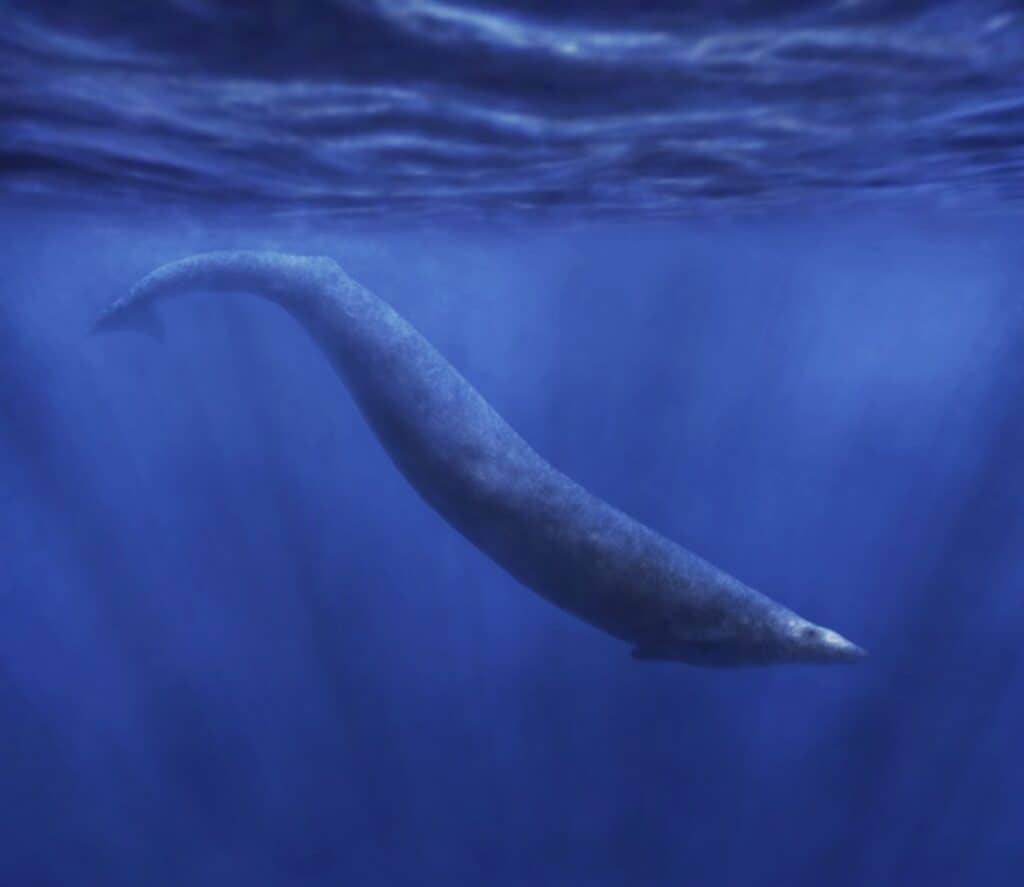
The deepest point in the Indian Ocean is Sunda Trench.
In the Indian Ocean, the Sunda Trench is the deepest point. You’ll find the Sunda Trench near the southern part of Java, Indonesia. For this reason, it’s also widely known as Java Trench. The maximum depth of this point reaches 25,344 feet. It’s safe to say that anything dropped into the Indian Ocean at this spot will never be seen again!
There’s an Underwater Mountain Range in the Indian Ocean

There’s a full mountain range underneath the Indian Ocean.
©Gema Alvarez Fernandez/Shutterstock.com
In the Indian Ocean lies a full-fledged mountain range. Laying eyes on this underwater mountain range is a mind-boggling experience for nature-lovers. It’s called the Ninety East Ridge due to its position at the center of the eastern hemisphere along the 90th meridian. This striking range acts as a division between the western and eastern regions of the Indian ocean.
Sea Creatures Use the Indian Ocean as a Migration Route
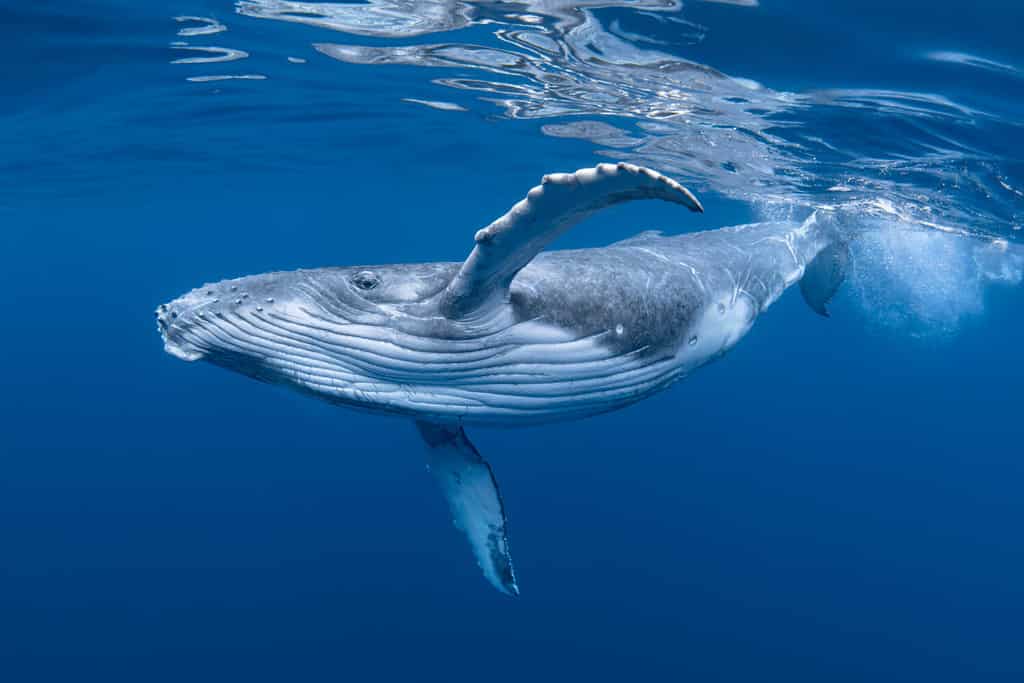
Humpback whales use the Indian Ocean as a migration route.
©Craig Lambert Photography/Shutterstock.com
The Indian Ocean serves a great purpose for sea creatures who rely on it as a migration route. The migration of sea creatures is beyond crucial in terms of sustaining our ecosystems. If ocean animals can’t safely migrate, the ecosystem could be threatened. Animals would be unable to find mates, track down food, and flee dangerous weather conditions. For example, the majestic humpback whale commonly uses the Indian Ocean as a migration route. During the summer, they migrate toward polar ice feeding grounds to keep their bellies fed. During the winter, they swim right back over to the warmer temperatures in the Indian Ocean to give birth to their baby calves.
Tourists Are Obsessed with the Indian Ocean Coastline
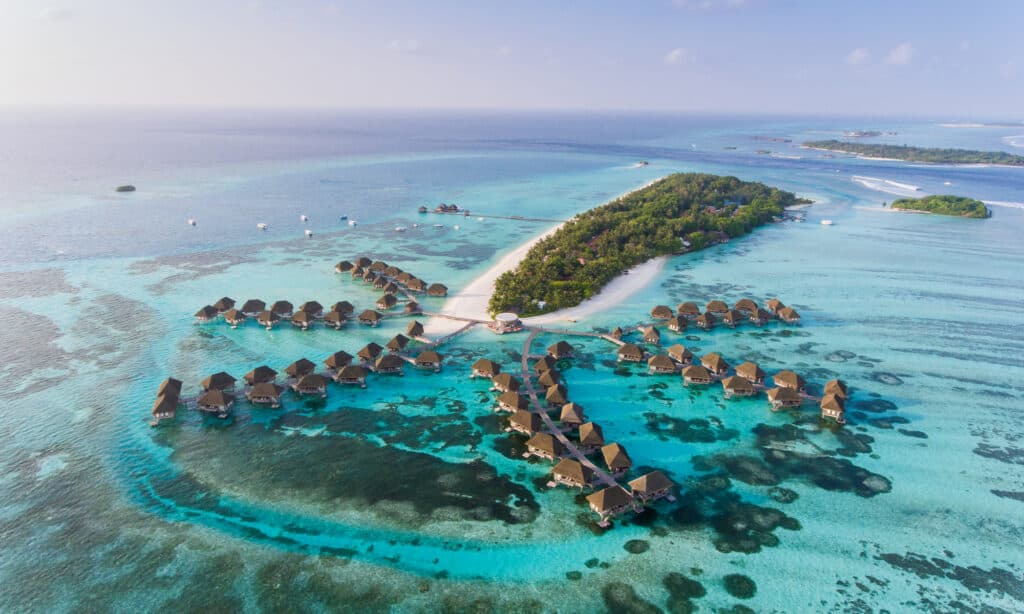
The Maldives is a wonderful vacation destination.
©Siraphob Werakijpanich/Shutterstock.com
Tourists can’t seem to get enough of the Indian Ocean coastline. For this reason, the Indian Ocean serves as a beautiful tourist destination. The eye-catching scenery, sparkling waters, white sand beaches, and lush greenery are some of the enticing factors. Folks who appreciate the beauty of nature in its most authentic state have a lot to admire about the Indian Ocean coastline. Popular islands for vacationers include Tanzania, the Maldives, and Seychelles.
Thank you for reading! Have some feedback for us? Contact the AZ Animals editorial team.








